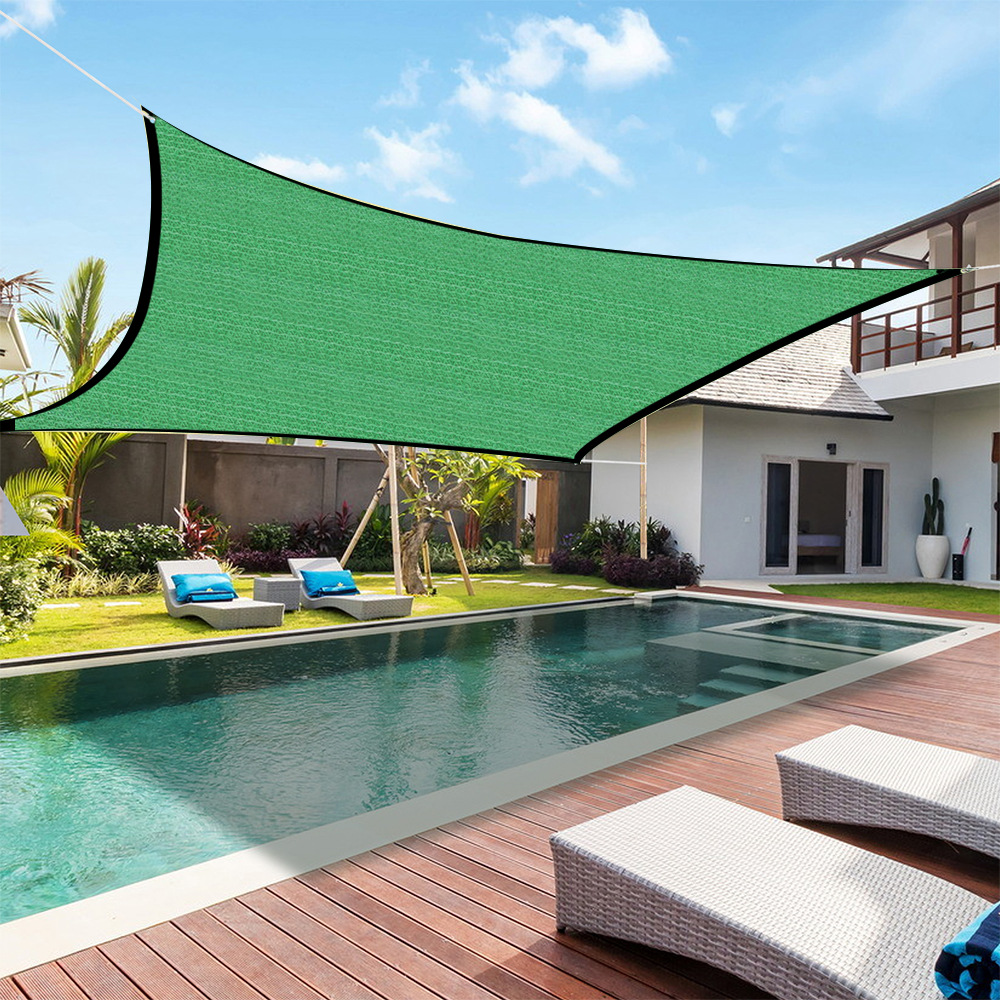Maximizing Your Garden's Potential: The Ultimate Guide to Using Shade Cloth in Your Garden
In the world of gardening, managing sunlight exposure is crucial for the health and productivity of your plants. While sunlight is essential for photosynthesis, too much of it can harm your garden, leading to wilting, sunburn, and stunted growth. This is where shade cloth comes into play. Shade cloth is an effective solution for controlling the amount of sunlight that reaches your plants, allowing you to create an optimal growing environment. In this article, we will explore the various benefits of using shade cloth in your garden, how to choose the right type, and the best practices for installation and maintenance.

What is Shade Cloth?
Shade cloth is a woven or knitted fabric designed to block a specific percentage of sunlight. It is typically made from materials like polyethylene or polyester, which are durable, weather-resistant, and offer varying levels of shade. The cloth comes in different densities, usually ranging from 30% to 90%, allowing gardeners to select the appropriate level of sun protection for their plants. When used correctly, shade cloth can help maintain cooler temperatures, reduce water evaporation, and protect plants from harmful UV rays, making it a versatile tool for any gardener.
Benefits of Using Shade Cloth in Your Garden
One of the primary benefits of using shade cloth is its ability to protect plants from excessive sunlight. By filtering the sun's rays, shade cloth prevents leaves from burning and reduces the stress on plants during hot summer months. This protection is especially beneficial for shade-loving plants or those that are sensitive to intense sunlight.
Another significant advantage of shade cloth is temperature control. By shading your garden, you can lower the ambient temperature around your plants, creating a more favorable environment for growth. This cooling effect can also extend the growing season by preventing plants from overheating and wilting during peak summer heat.
In addition to temperature regulation, shade cloth offers UV protection, which is crucial for maintaining the health of delicate plants. The cloth acts as a barrier, blocking harmful UV rays that can damage plant tissues. This protection not only helps plants thrive but also enhances their resilience against diseases and pests that are often exacerbated by sun stress.
Choosing the Best Shade Cloth for Your Garden
When selecting shade cloth for your garden, there are several factors to consider. First, the density or percentage of shade is crucial. For example, 30% to 50% shade cloth is ideal for most vegetables, while 70% to 90% is better suited for tropical plants or those that require lower light levels.
Color is another important consideration. Black shade cloth is effective for blocking sunlight and heat, while white or silver cloths reflect more light, keeping the area underneath cooler. Additionally, the material of the shade cloth should be durable and UV-stabilized to withstand outdoor conditions.
Popular options include knitted and woven shade cloth, with knitted varieties being more resistant to tearing and fraying. Consider your specific garden needs and the plants you are protecting when making your choice.
How to Install Shade Cloth in Your Garden
Installing shade cloth in your garden can be a straightforward process with the right approach. Start by measuring the area you need to cover and purchasing a shade cloth that fits those dimensions. Attach the cloth to a sturdy frame or support structure, ensuring it is securely fastened to prevent it from blowing away in the wind.
When positioning the shade cloth, leave some space between the cloth and the plants to allow for air circulation. This ventilation helps prevent heat buildup under the cloth, which could otherwise stress your plants. Additionally, make sure the shade cloth is angled or adjusted to block the sun during the hottest parts of the day.
Avoid common installation mistakes such as pulling the cloth too tightly, which can cause it to tear, or not providing enough support, leading to sagging. Proper installation will ensure your shade cloth provides effective and long-lasting protection for your garden.
Additional Tips for Maximizing the Use of Shade Cloth
To get the most out of your shade cloth, consider combining it with other garden protection methods such as mulching or using windbreaks. These additional layers of protection can further reduce plant stress and improve growth conditions.
It's also important to adjust your shade cloth as the seasons change. In the spring and fall, you may need less coverage, while in the peak of summer, more extensive shade may be required. Regular maintenance, such as checking for tears or fraying, will help extend the life of your shade cloth.
When not in use, store your shade cloth in a cool, dry place to prevent damage and prolong its usability. Proper care and storage will ensure your shade cloth is ready for the next gardening season.
Conclusion
Using shade cloth in your garden is a smart and effective way to protect your plants from the harsh effects of excessive sunlight. By choosing the right type of shade cloth and installing it correctly, you can create an optimal growing environment that promotes healthy plant growth and increases your garden's overall productivity. Don't wait—explore shade cloth options today and give your garden the protection it deserves!

